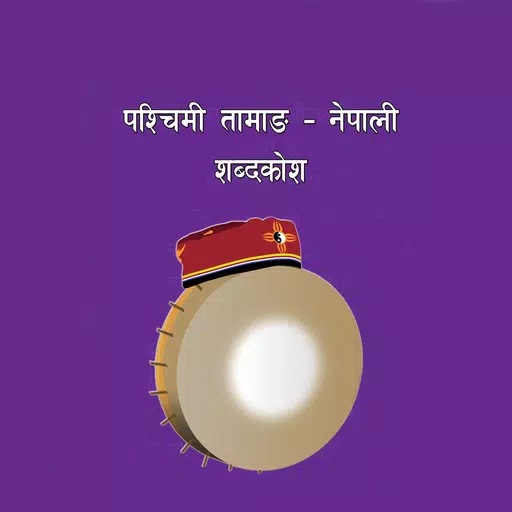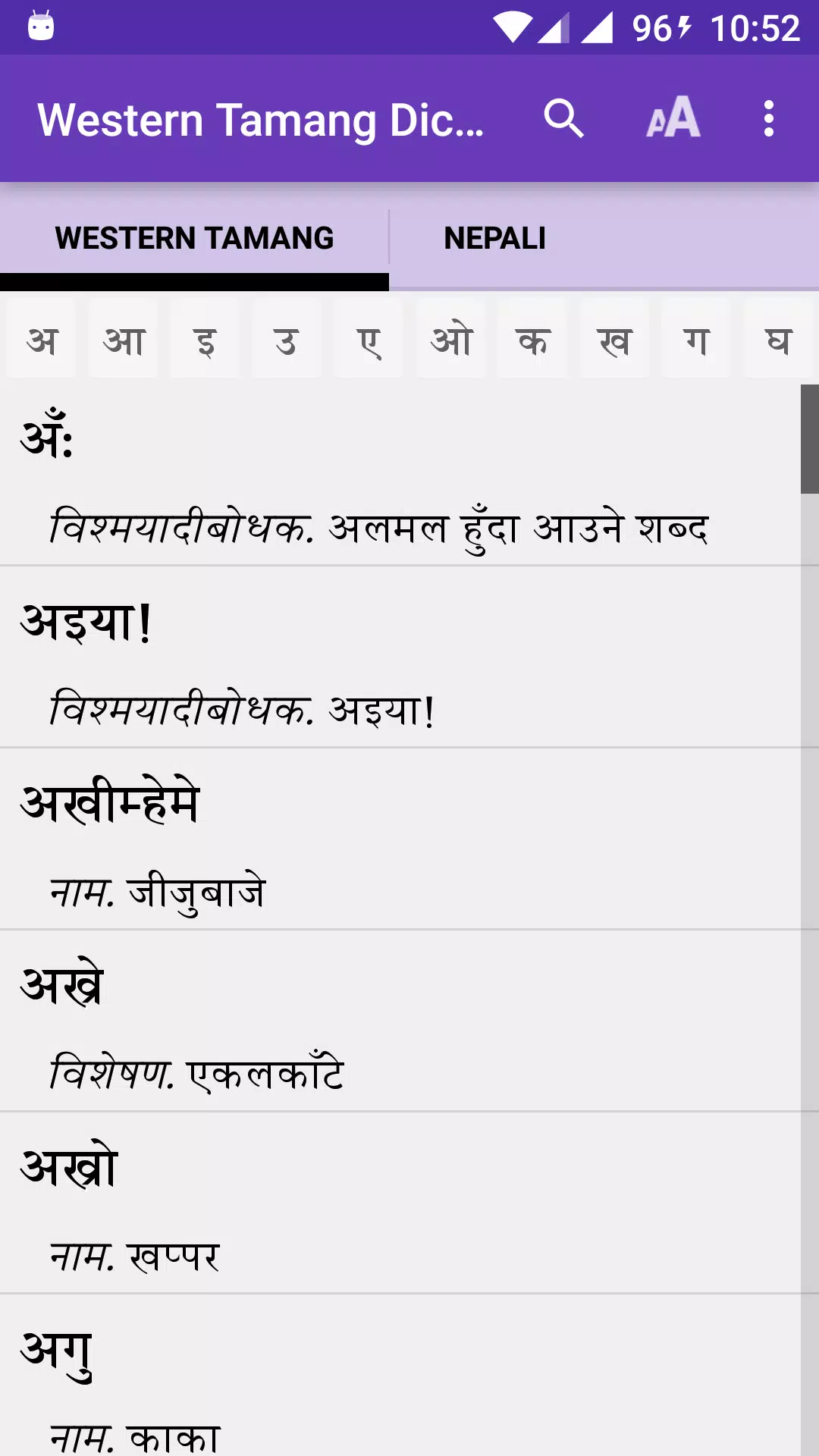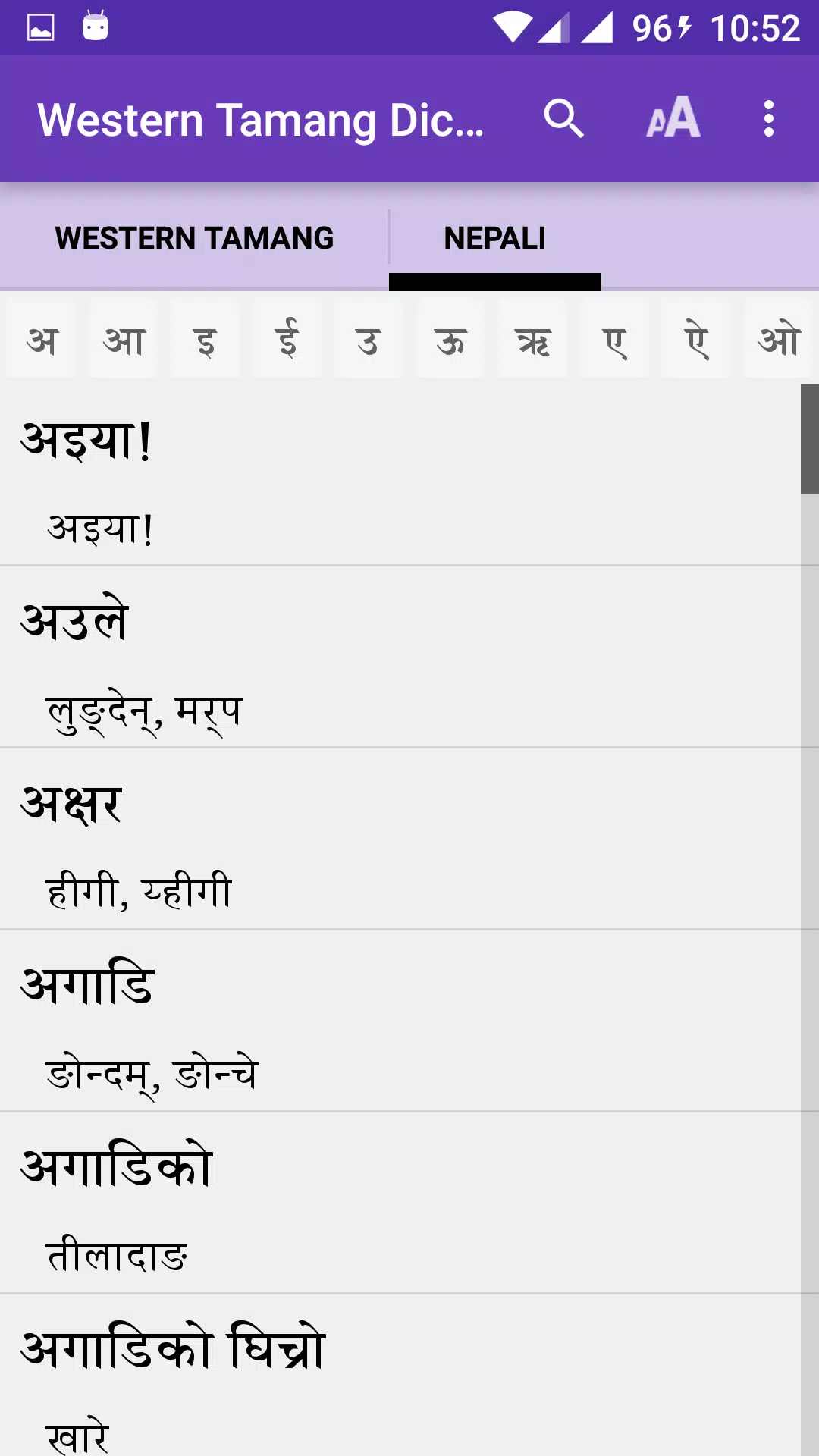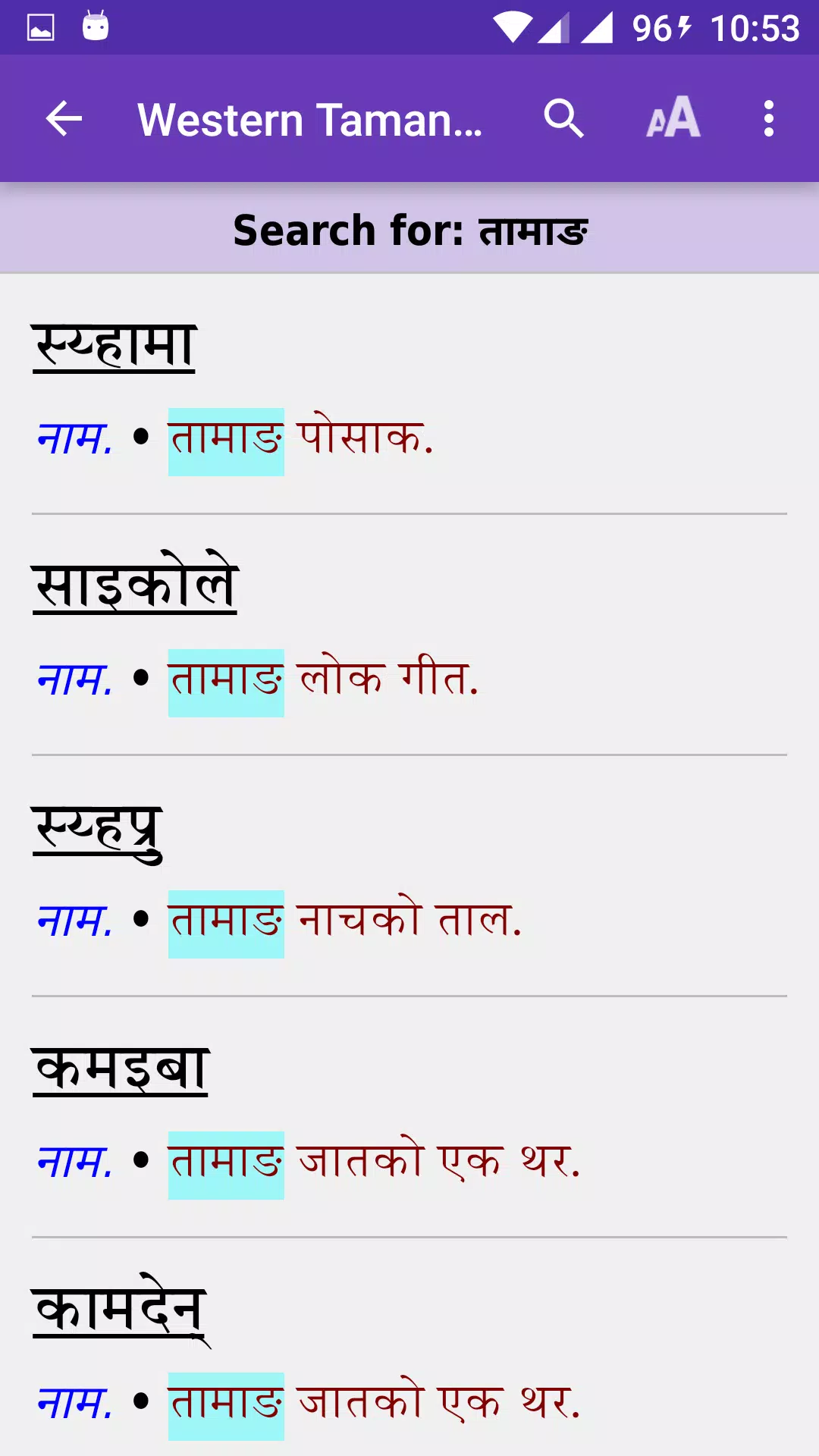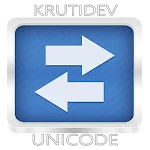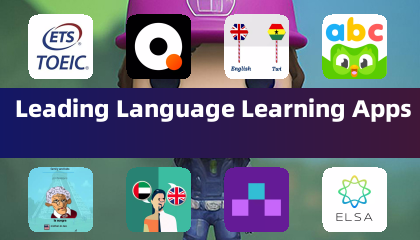Western Tamang - Nepali Dictionary
Tamang is a vibrant language spoken by the Tamang speech community. According to the 2011 Census of Nepal, Tamang ranks as the fifth most spoken language, with 5.1 percent of the population identifying it as their primary language. It falls within the Tibeto-Burman branch of the Sino-Tibetan language family. The Tamang speech community is predominantly found around the Kathmandu Valley, although the Tamang ethnic group is dispersed across various districts in Nepal. In 2058 vs, the Nepal government recognized Tamang as an indigenous ethnic community, emphasizing its cultural significance. This recognition has been further supported by the interim constitution of 2063 vs and the constitution of 2072 vs, which have both highlighted Tamang as a national language.
The 'Do:ra song' narrates the journey of the Western Tamang people from Tibet to Nepal, entering through 'Same' in the Himalayas. This song indicates the presence of Tamang communities in various locations such as 'Rhirhap' and 'Gyagarden', situated below 'Bompo' and 'Lambu', and just above 'Same'. In Tamang culture, the belief is that the Earth's tail points north and its head south, which influences the practice of taking the deceased upwards, with the head positioned southward before cremation. The term 'Same' in Tamang culture symbolizes 'the tail of the Earth', reflecting a belief in the transition from the Earth's tail to its head.
Although Tamang lacks a standardized grammar, it is divided into two main dialects: Eastern and Western Tamang. The Eastern dialect, originating from the Langtang Himal region and spoken east of the Trisuli River, is known as 'Syarba'. Conversely, the Western dialect, spoken in districts such as Rasuwa, Nuwakot, Dhading, Gorkha, Lamjung, Chitawan, and Kanchanpur, is referred to as 'Nhurba' or 'Nhuppa'.
This bilingual dictionary is the result of collaborative efforts by members of the Western Tamang speech community from Rasuwa, Nuwakot, Dhading, Gorkha, Lamjung, Chitawan, and Kanchanpur. It translates each Tamang word into Nepali, making it a valuable resource for comparative linguistic studies. However, the number of Western Tamang speakers is declining, largely due to the pervasive influence of Nepali, the lingua franca. This shift poses a significant threat to the survival of Western Tamang as a mother tongue, underscoring the importance of this dictionary in preserving, promoting, and developing the language.
Lastly, there is a strong commitment to continuously improve, advance, and mature this dictionary. The Tamang speech community, stakeholders, readers, organizations, and other relevant authorities are encouraged to provide insightful comments and feedback to enhance this vital resource.
What's New in the Latest Version 1.7
Last updated on Sep 29, 2024
- Updated on July 30, 2024
- New Android SDK integration

